Get ready to embark on a captivating coffee adventure! Vietnamese coffee isn't just a drink; it's an experience that will tantalise your taste buds and immerse you in the heart of Vietnamese culture. From the iconic "phin" filter to the decadent egg coffee, every sip tells a story of tradition, ingenuity, and a passion for flavour. In this article, we will find out about the coffee culture, history, popular types and how to make it. We will also show you some of the most favorite Vietnamese packed coffee brands.
1. An introduction to Vietnamese coffee
It would be amazing to drink Vietnamese coffee made of local coffee beans, roasted the Vietnamese way, and brewed in Vietnamese style. Have you tried it yet?
However, Vietnamese coffee isn't just about beans grown in Vietnam. It's also about how they brew it, using a special metal filter called a "phin". You can use your own coffee, with its familiar aroma and flavour, and brew it the Vietnamese way. Watching the coffee drip slowly through the phin is really mesmerising. Or, you can get your hands on some Vietnamese-grown and roasted beans, then brew them with your fancy modern coffee machine. Either way, it is considered Vietnamese coffee!
But Vietnamese coffee is more than just a drink, it's a coffee culture. Coffee is everywhere, from bustling cities to sleepy villages, from humble street stalls to modern cafes. It's an integral part of life here. For the Vietnamese, coffee isn't just a drink, it's a way to connect people with others. As Canadian writer Robynne Trueman, in The Travel magazine, observed in Vietnam, coffee isn't just a morning pick-me-up like in other countries. It's something people enjoy throughout the day and even into the night.
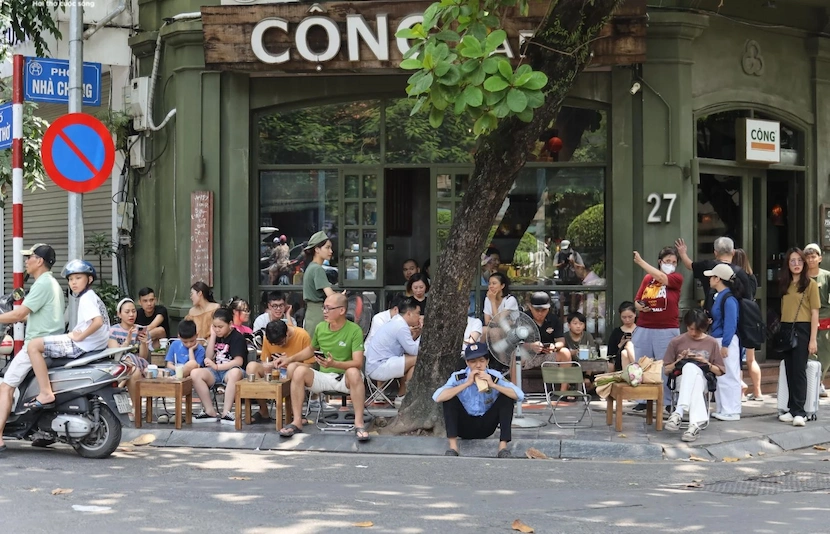
2. From Colonial Country to Coffee Powerhouse
The story of Vietnamese coffee begins in the mid-19th century when French colonists introduced coffee plants to the country. The fertile highlands of Vietnam, with their cool climate and rich soil, proved to be a perfect match for coffee cultivation.
Initially, it was planted experimentally on the grounds of Catholic churches in northern provinces like Ninh Binh and Thanh Hoa, and later in central provinces such as Nghe An, Quang Binh, and Quang Tri.
Then, in 1908, the French brought two more coffee species to Vietnam: Robusta and Excelsa.
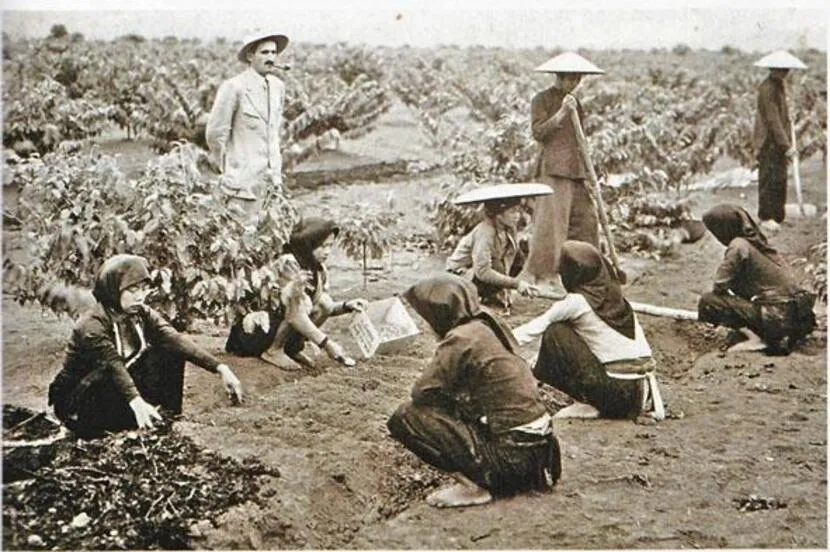
After years of experimental cultivation throughout the country, it became clear that Arabica coffee plants didn't thrive in Vietnam's climate. Robusta, however, flourished in the central Tay Nguyen Plateau, thanks to the region's favorable climate and soil conditions. Coffee production began to center in provinces within the Tay Nguyen area, particularly Buon Ma Thuot and Lam Dong. While Arabica coffee was initially favoured, Robusta beans soon took the lead due to their resilience and higher yields.
Following the war and a period of economic crisis in Vietnam, the government prioritized coffee production as one of the nation's key industries. By the 1990s, Vietnam had earned its place among the world's leading coffee producers, claiming the top spot in Southeast Asia.
Today, Vietnam still stands tall as a coffee giant, ranking among the world's top producers and exporters. Its high-quality Robusta beans are sought after globally, making a significant contribution to the world's coffee supply.
3. Fascinating Vietnamese Coffee Facts
Vietnamese coffee beans
These days, globally recognized brands like Starbucks and Dunkin' Donuts primarily use 100% Arabica coffee beans. This results in a more aromatic cup, often with a slight acidity and a mildly bitter finish. In contrast, Vietnamese coffee retains a bolder, more intense flavor profile, largely due to the use of Robusta beans, which boast nearly twice the caffeine content of Arabica. This explains why Vietnamese coffee delivers such a powerful punch—it's strong, intensely bitter, and often has a lingering sweetness that provides a unique experience for coffee enthusiasts.
To offer a less intense caffeine experience, some coffee shops create blends using a mix of Arabica and Robusta beans.
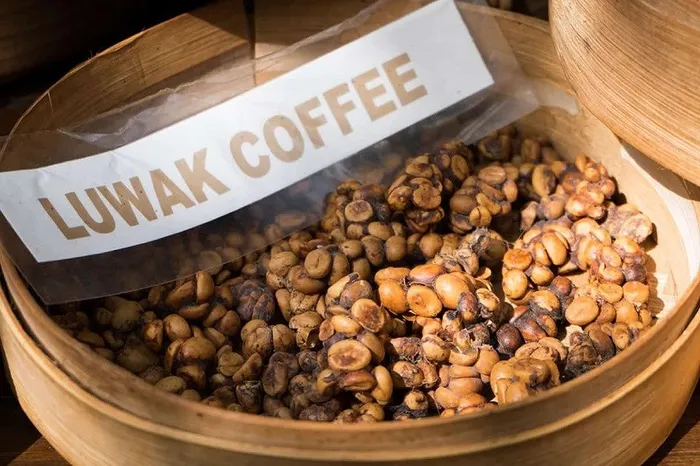
Weasel coffee
Weasel coffee, also known as civet coffee, kopi luwak, or even "cat poo coffee," is renowned as one of the world's most luxurious and expensive coffees. They are produced at a small amount in Vietnam's Central Highland. This unique beverage is produced using coffee beans that have been eaten and partially digested by civet cats (a type of weasel).
The civets consume the coffee cherries, but their digestive system can't break down the beans. These beans are then collected from their droppings, thoroughly cleaned, and processed. So, rest assured, there's no need to worry about any residual... um... "unpleasantness" in your cup!
What sets weasel coffee apart is that the fermentation and removal of the fruit pulp happen within the civet's digestive tract, rather than through mechanical processes. This natural process is believed to impart distinctive flavors to the beans.
However, the production of weasel coffee is still controversial. The well-being of the civets involved varies significantly depending on the farm. Sadly, some farms prioritize profit over animal welfare, keeping civets in cramped, unsanitary cages and feeding them an inadequate diet consisting almost exclusively of coffee cherries. This restricted diet and poor living environment can cause severe health problems and stress for these animals.
If you're considering trying weasel coffee, it's crucial to research the source. Look for certifications or information about the farm's practices to make an informed choice.
Vietnamese coffee-making techniques
Unlike Arabica coffee beans, which typically undergo fermentation before drying and roasting, Robusta beans are often roasted directly after initial processing. This difference in processing contributes to the distinct flavor profiles of the two varieties. Interestingly, in some Vietnamese factories, Robusta beans are roasted with additions like butter, coconut oil, further enhancing their flavor and creating unique taste profiles.
4. The 6 Popular Vietnamese Coffee Styles
Vietnamese coffee culture is a playground of flavours, with a delightful array of coffee creations to suit every taste. If you have a chance to visit a café in Vietnam, these are the most popular Vietnamese coffee drinks that you simply must try:
4.1. Filter Coffee (Cà phê phin): This is the classic Vietnamese coffee experience. Brewed using the iconic "phin" filter, it delivers a strong, concentrated brew that will awaken your senses. Enjoyed hot or iced, it's a staple in Vietnamese households and cafes.
4.2. Coffee with Condensed Milk (Cà phê sữa): This beloved concoction is a match made in coffee heaven. The bold flavour of black coffee is perfectly complemented by the sweetness of condensed milk. The condensed milk is added directly to the cup before brewing, creating a rich, creamy, and indulgent treat that will satisfy your sweet tooth.
4.3. White Coffee (Bạc xỉu): If you prefer a milder coffee experience, white coffee is the perfect choice. This lighter and sweeter option features a small amount of coffee and a generous amount of condensed milk, often diluted with hot water.
4.4. Egg Coffee (Cà phê trứng): Originating in Hanoi, egg coffee is one drink about Vietnamese culinary ingenuity. A creamy topping made from egg yolks, condensed milk is added to hot black coffee, creating a velvety texture and a rich, custard-like flavour that is truly decadent.
4.5. Coconut Coffee (Cà phê cốt dừa): Though this is not a traditional coffee recipe, it gains more popularity among young Vietnamese people. The refreshing drink is a tropical escape in a cup. The bold flavour of coffee is blended with the sweet and creamy taste of coconut milk, creating a harmonious balance of flavours that is perfect for a hot day.
4.6. Yogurt Coffee (Cà phê sữa chua): For a unique and healthy twist, try yogurt coffee. You heard that right! This combination may sound weird, but the taste is surprisingly delicious. The tanginess of yogurt complements the bold flavor of coffee, creating a refreshing and satisfying drink that is perfect for any time of day.

Coffee with Condensed Milk
The first time I was offered egg coffee, I was quite curious about the unique combination of bitter coffee and chicken egg. When the cup was placed in front of me, I was impressed by the golden, smooth layer of egg foam floating on the thick, dark coffee. Taking a deep breath, the aroma of roasted coffee mingled with the rich, creamy scent of the egg. Hesitating for a moment, I decided to take a small sip. Immediately, the characteristic bitterness of the coffee dissolved in my mouth, followed by the rich, fragrant flavor of the egg enveloping my taste buds. It was a strange yet incredibly enjoyable sensation. The smooth egg foam melted on my tongue, leaving a sweet, creamy aftertaste that was hard to forget!
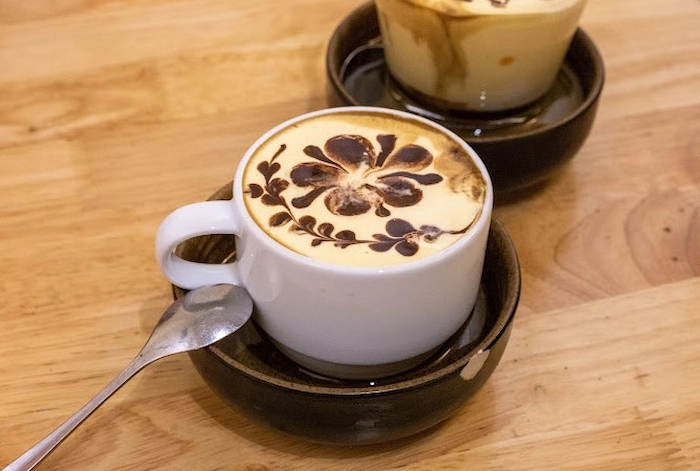
Egg coffee can also be made from the Phin coffee.
5. How to Make Cafe with the “Phin”
The "phin" (filter) is the heart and soul of Vietnamese coffee brewing. This small metal device consists of a chamber for ground coffee, a filter plate, a lid, and a base that sits atop the cup. To make Vietnamese coffee like a pro, you can follow these simple steps:
Ingredients:
- 30 gr ground coffeee (medium fine)
- 110ml water
- 2 - 3 tablespoons condensed milk
- Vietnamese filter
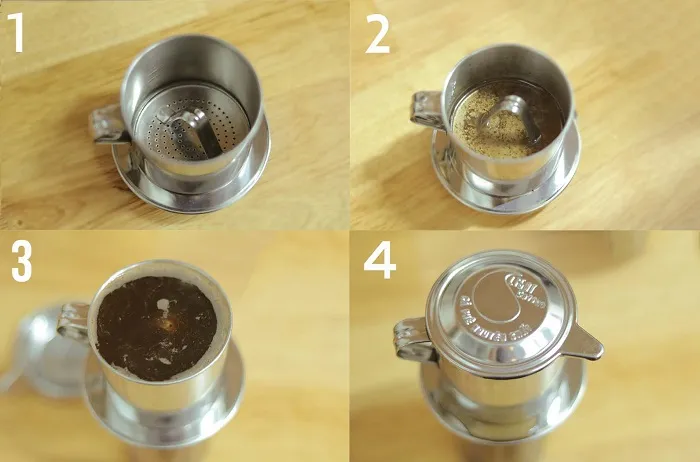
How to make it at home?
Step 1: Preheat the filter
Boil water and wait a few minutes until the water reaches 93-95°C. Rinse the filter and coffee cup with boiling water.
Step 2: Add and compress coffee
Place a generous amount of coarsely ground coffee (25-30gr) into the phin chamber. Then use the filter press (the perforated metal piece) to gently compress the ground coffee.
Step 3: Preheat the ground coffee
Pour a small amount (30ml) of hot water over to "bloom" the coffee, allowing the flavours to fully develop. Wait 30-40 seconds.
Step 4: Brew the coffee
Slowly pour the remaining hot water (80ml) into the phin chamber.
Step 5: Wait for it to complete and enjoy
Now comes the best part – allow the coffee to drip slowly into the cup. This process can take 4-5 minutes, but the anticipation is part of the charm.
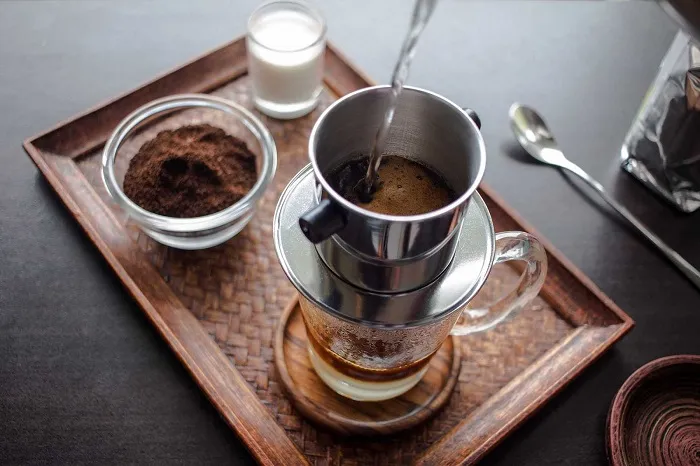
For coffee with milk, add a layer of condensed milk to the cup before brewing. The hot coffee will melt the condensed milk, creating a sweet and creamy base for your coffee.
Add ice cubes and coffee to a shaker and shake for 30 seconds. This will create a foamy coffee. Done! Mix well and enjoy.
Notes:
- The strength of your cup of coffee depends on the coffee/water ratio you use.
- For best results, enjoy traditional Vietnamese coffee within 2 hours of brewing. If needed, store it in the refrigerator for later use that day.
6. Best Vietnamese Coffee Brands
Vietnam has a vibrant coffee scene with numerous brands offering a diverse range of coffee products for you to choose. However, here are 4 most popular Vietnamese brands I have tasted and would like to introduce:
Trung Nguyen: This renowned brand is a pioneer in the Vietnamese coffee industry, offering a wide selection of coffee blends, from traditional Robusta to specialty Arabica. They are known for their high-quality beans and innovative roasting techniques. G7 3in1 and G7 Black are the most popular choices. If you look for the premium options, you can buy Trung Nguyen Legend Classic, Legend Special Edition or Legend Passiona.
- Price range: 79,000 - 200,000/box (varies depending on the blend and size)
- Reviews: Praised for their strong flavour and aroma.
- Store addresses: 80 Dong Khoi, Ben Nghe Ward, District 1, HCM City. Trung Nguyen has numerous other stores throughout Vietnam, particularly in major cities.
Vinacafe: A well-established brand with a long history since 1995, Vinacafe offers a range of classic Vietnamese coffee blends and instant coffee options. They are known for their consistent quality and affordable prices.
- Price range: 58,000 - 150,000/package.
- Reviews: Known for their traditional flavour profiles and reliable quality.
MacCoffee: This brand become famous with its Café Pho, which is the leading brand of iced milk coffee in Vietnam. By focusing on specialty coffee and unique blends, they often showcase cater to coffee enthusiasts seeking a more refined coffee experience.
- Price range: 45,000 - 170,000/box.
- Reviews: Highly regarded for their unique flavour profiles and commitment to quality.
Highlands Coffee: A popular chain of coffee shops, Highlands Coffee offers a variety of coffee drinks, teas, and pastries. They are known for their modern atmosphere and diverse menu, catering to a wide range of tastes.
- Price range: 75,000 - 375,000/package
- Reviews: Popular for their comfortable atmosphere and diverse menu options.
- Store addresses: Highlands Coffee has numerous locations throughout Vietnam, particularly in urban areas.
The other different styles of Vietnamese Iced Coffee with Milk
Where to buy these packaged Vietnamese Coffees?
The premium coffee beans, convenient instant coffee, or unique local blends can be found at Trung Nguyen Coffee Stores, Highlands Coffee Stores, Langfarm stores or any Vietnam’s Supermarkets at an affordable price.
7. A Coffee Lover's Adventure
Vietnam boasts a variety of renowned coffee-growing regions, each with its own distinct flavour profile.
The Central Highlands: This region is the largest and most famous coffee producer in the country, encompassing the provinces of Dak Lak, Lam Dong, Gia Lai, and Kon Tum. The cool climate and fertile basalt soil provide ideal conditions for coffee cultivation, primarily Robusta beans. Central Highlands coffee is typically known for its bold, robust flavour with a slightly bitter finish.
- Buon Ma Thuot (Dak Lak): The coffee capital of Vietnam, renowned for its high-quality Robusta coffee.
- Da Lat (Lam Dong): Celebrated for its Arabica coffee, which offers a delicate aroma and a light, refreshing acidity.
The Northwest: The mountainous Northwest region also boasts high-quality Arabica coffee production, particularly in the provinces of Son La and Dien Bien. Northwest coffee often exhibits fruity aromas, a bright acidity, and a subtle sweetness.
North Central Coast: Provinces like Nghe An and Quang Tri also contribute to Vietnam's coffee production, primarily cultivating Robusta beans, although on a smaller scale.
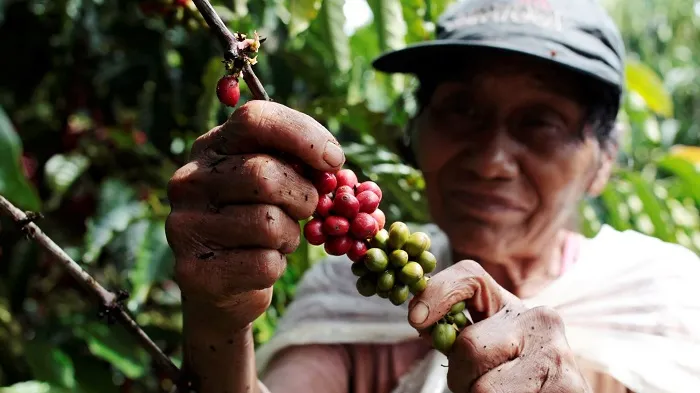
For a truly immersive coffee experience, head to the Central Highlands of Vietnam, the heartland of coffee production. You can explore vast coffee plantations, witness the coffee harvesting process firsthand, and learn about the intricate roasting and grinding techniques that contribute to the distinctive flavour of Vietnamese coffee. On one day exploring Vietnamese coffee in real life, you can:
- Visit a coffee plantation: Wander through lush coffee plantations, learn about the different coffee varieties grown in Vietnam, and witness the meticulous care taken in cultivating and harvesting the beans.
- Experience coffee picking: Try your hand at picking ripe coffee cherries, gaining a deeper appreciation for the labour involved in bringing this beloved beverage to your cup.
- Learn about coffee roasting: Discover the art of coffee roasting, from traditional dry roasting to the unique butter roasting technique. Learn how different roasting methods influence the flavour and aroma of the final brew.
- Visit the Buon Ma Thuot Coffee Museum: Delve into the history and cultural significance of coffee in Vietnam at the Buon Ma Thuot Coffee Museum. Explore exhibits showcasing the evolution of coffee production, traditional brewing methods, and the impact of coffee on Vietnamese society.
- Enjoy one of the most delicious coffee: Last but not least, don’t forget to treat yourself a cup or many cups of coffee. Tell your host if you like sugar, milk or not, then they will make a cup of coffee that can tell about your characteristics.
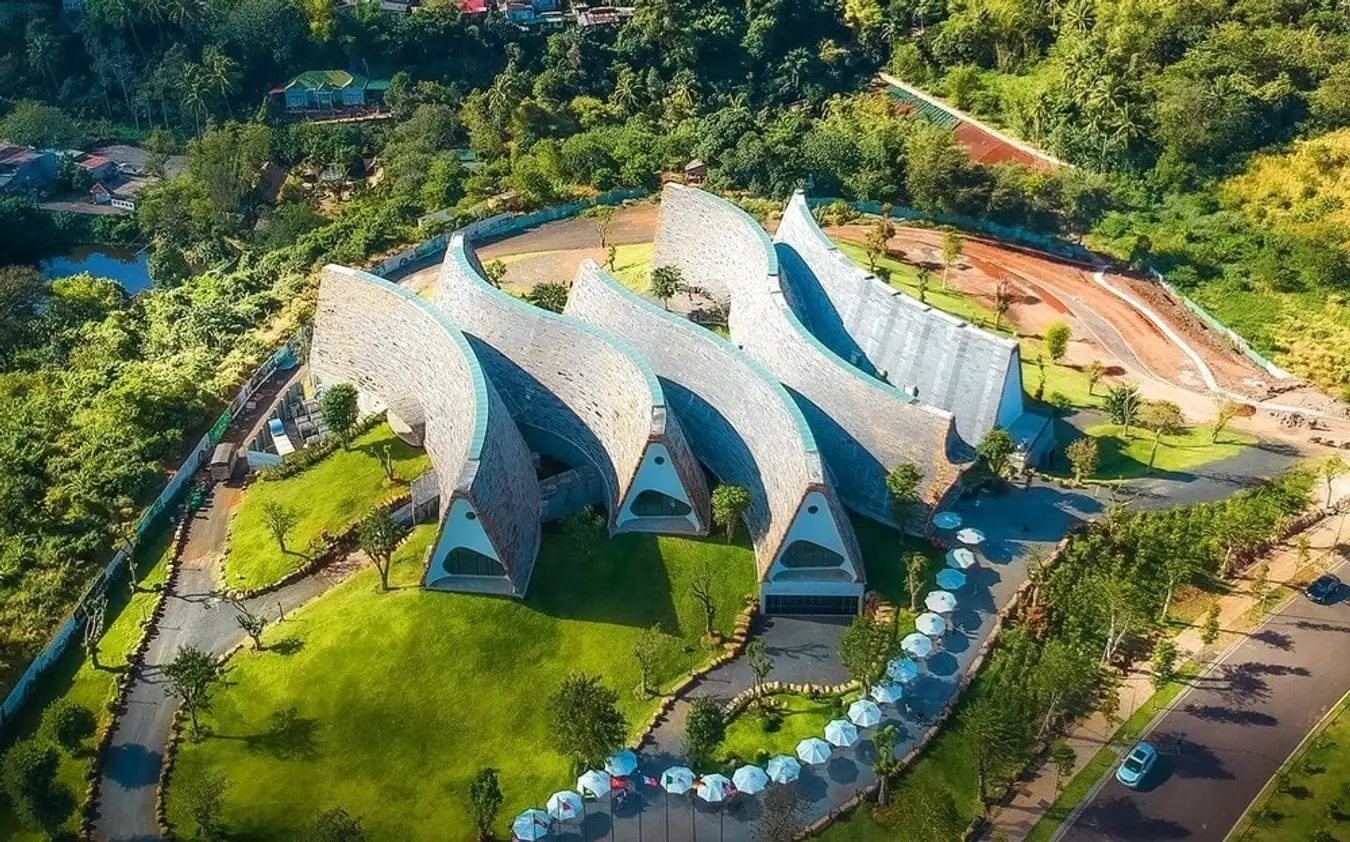
A first in Vietnam: an original museum to honor coffee!
The "capital" of Vietnam's coffee plantations is located in the city of Buon Ma Thuot in the Central Highlands. Opened to the public in 2018, this museum is a perfect architectural blend that showcases the cultural traits unique to this highland region in a modern language. Over 10,000 objects related to the various aspects of coffee production are on display. But it's not just about images and objects; you'll also have the opportunity to savor expertly prepared cups of coffee right there. It's a very enriching space to discover if you're traveling through Vietnam's basalt highlands.
Explore the vibrant Vietnamese coffee culture, savour the bold flavours, and discover the unique traditions that make Vietnamese coffee an unforgettable experience. Book a personalized tour with IZITOUR, a local travel company specializing in immersive and authentic experiences, and let us guide you through the heart of Vietnam's coffee scene.
Discover more about Vietnam tours
See more:










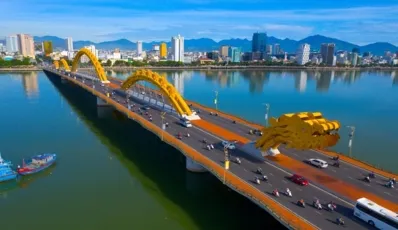
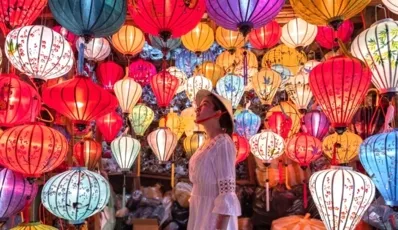
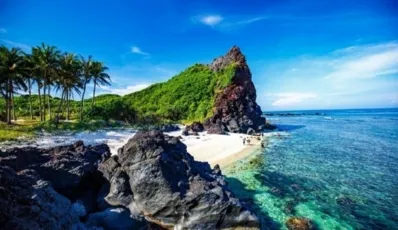

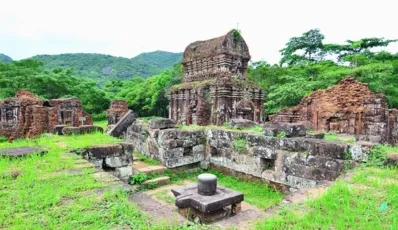

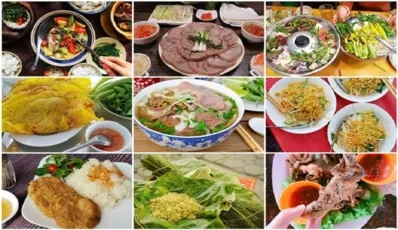




 TRAVELERS' CHOICE 2026
TRAVELERS' CHOICE 2026 


